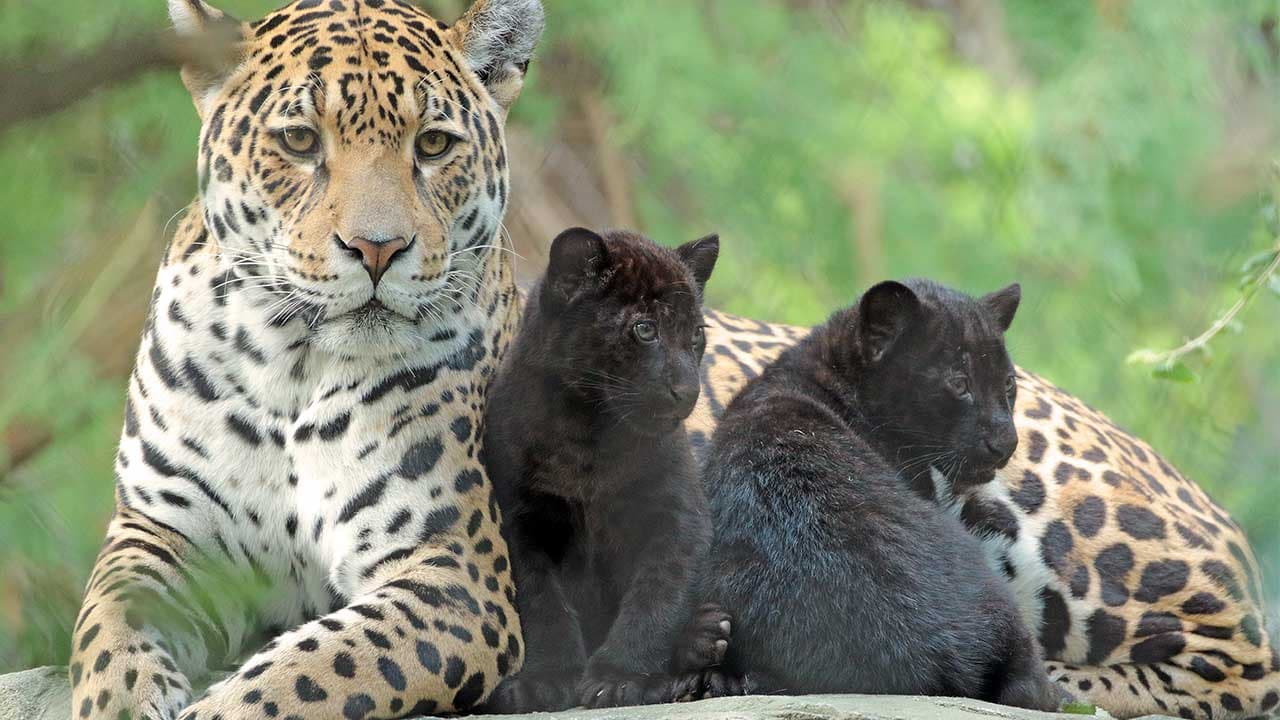Rafflesia arnoldii, commonly known as the corpse flower, stands as one of the most intriguing and enigmatic wonders in the plant kingdom. This colossal bloom, native to the rainforests of Sumatra and Borneo, has captivated botanists and nature enthusiasts alike with its unique characteristics and astonishing size.


Appearance and Size:
The Rafflesia arnoldii is renowned for its massive size, often reaching up to three feet in diameter. This makes it the largest flower in the world, a title that contributes to its mystique. What truly sets it apart, however, is its putrid odor, reminiscent of rotting flesh. This pungent scent, resembling that of a decomposing animal, attracts carrion flies, which serve as its primary pollinators.


Habitat and Distribution:
Rafflesia arnoldii thrives in the lush, humid rainforests of Sumatra and Borneo, where it finds a suitable host plant, typically a species of Tetrastigma vine. These parasitic plants derive their nutrients from the host, enabling the Rafflesia to flourish in the dense undergrowth.


Life Cycle:
The life cycle of Rafflesia arnoldii is a slow and fascinating process. The flower starts as a tiny bud, growing over several months until it reaches full maturity. The bloom lasts for only a few days, during which it releases its malodorous scent to attract pollinators. Once pollinated, the flower produces small, berry-like fruits containing seeds that disperse and settle in the soil for the next generation.


Conservation Challenges:
Despite its uniqueness, Rafflesia arnoldii faces several conservation challenges. Habitat destruction due to logging and agricultural activities poses a significant threat to its survival. Additionally, the collection of these flowers by enthusiasts has further strained their populations. Conservation efforts are crucial to preserving this remarkable species and ensuring its continued existence in the wild.


Cultural Significance:
Rafflesia arnoldii holds cultural significance in the regions where it is found. Local communities often regard the flower with a mix of awe and superstition. Some even consider it a symbol of good fortune, while others see it as an omen. Efforts to protect and conserve the species also involve raising awareness and involving local communities in sustainable practices.


In conclusion, Rafflesia arnoldii stands as a botanical marvel, captivating all who encounter it with its colossal size, distinctive odor, and intriguing life cycle. As efforts to conserve its habitat intensify, this giant of the plant kingdom serves as a reminder of the delicate balance between human activities and the preservation of Earth’s biodiversity.















